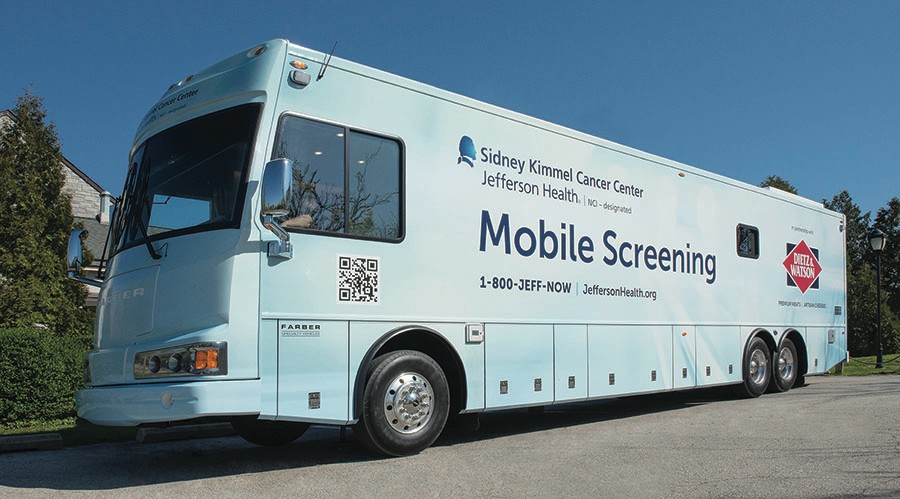Sunlight streams through the windows at the New Covenant Church in Germantown, Philadelphia. It’s the church that Moriah Cunningham grew up in. As she surveys the crowd filled with her family, friends and people who raised her, she’s filled with gratitude. But she also sees a community that faces an insidious, yet profound, threat — cancer. For Moriah, the threat hits close to home.
“My father was diagnosed with cancer when I was seven,” she recalls. “I didn’t even know it at the time. It wasn’t until I was older that my mom told us that he is a cancer survivor.”
Moriah’s father was one of several family members who would be struck by the disease. Particularly, many of her uncles have had prostate cancer. It’s a microcosm of the disproportionate impact that the disease has: Black men are 1.76 times more likely to be diagnosed and 2.14 times more likely to die from prostate cancer compared to white men. The personal impact has driven Moriah to research the biological underpinnings of this racial disparity as a PhD student at Thomas Jefferson University.
But the biggest challenge she has encountered is the pronounced scarcity of data on Black prostate cancer patients in clinical and basic science research.
She soon realized the science was just one aspect — to increase participation in cancer screenings and clinical trials in order to improve representation in the data, she had to engage her community. The gathering at the New Covenant Church, whose congregation is historically African American, was an outreach event she had organized to raise awareness about prostate cancer and provide access to free screenings.
Community engagement is central to decreasing cancer disparities and health disparities in general. Indeed, comprehensive cancer centers, which have the highest designation given by the National Cancer Institute (NCI), must demonstrate a commitment to the communities they serve through outreach. When Thomas Jefferson University’s Sidney Kimmel Comprehensive Cancer Center applied for “comprehensive” status, outreach programs like Moriah’s were noted as an area of strength, along with leading-edge and transdisciplinary research.
The Cancer Center is now one of 57 centers in the country with comprehensive status. With this comes an ever-clear responsibility and ability to connect Philadelphia’s most at-risk populations to cancer research and care in a mutually beneficial way, whereby the science and the community support each other.




